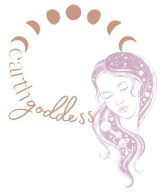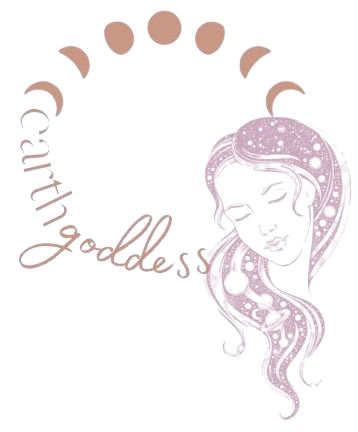Objective:
To understand the significance of gathering supplies and materials for Imbolc rituals and creative activities.
Lesson Content:
1. Importance of Preparation:
Preparation is key to the success and efficacy of any ritual or celebration. Gathering supplies and materials in advance ensures that participants have everything they need to fully engage in Imbolc rituals and activities. It also demonstrates commitment and reverence for the sacredness of the occasion.
2. Traditional Imbolc Items:
Imbolc is associated with various symbols and items that hold significance in Celtic and Pagan traditions. Common items include candles (representing the returning light and warmth of the sun), herbs such as rosemary and cinnamon (symbolizing purification and protection), seeds (symbolizing new beginnings and growth), and seasonal foods like dairy products and grains (honoring the lactating ewes and the promise of the coming spring).
3. Personalization:
While traditional items hold cultural and symbolic significance, participants are encouraged to personalize their supplies and materials according to their individual spiritual practices and intentions for Imbolc. By infusing their rituals with personal meaning and intention, participants deepen their connection to the spiritual significance of the season.
Activities:
Supply Scavenger Hunt: Participants will embark on a scavenger hunt to gather the supplies and materials needed for their Imbolc celebrations. This activity fosters a sense of excitement and adventure while ensuring that participants have all the necessary items for their rituals and activities.
Crafting Ritual Tools: Engaging in creative activities such as candle making, altar cloth decoration, or crafting divination tools allows participants to imbue their ritual tools with personal energy and intention. This hands-on approach enhances the sacredness of the tools and strengthens the practitioner’s connection to the ritual process.

